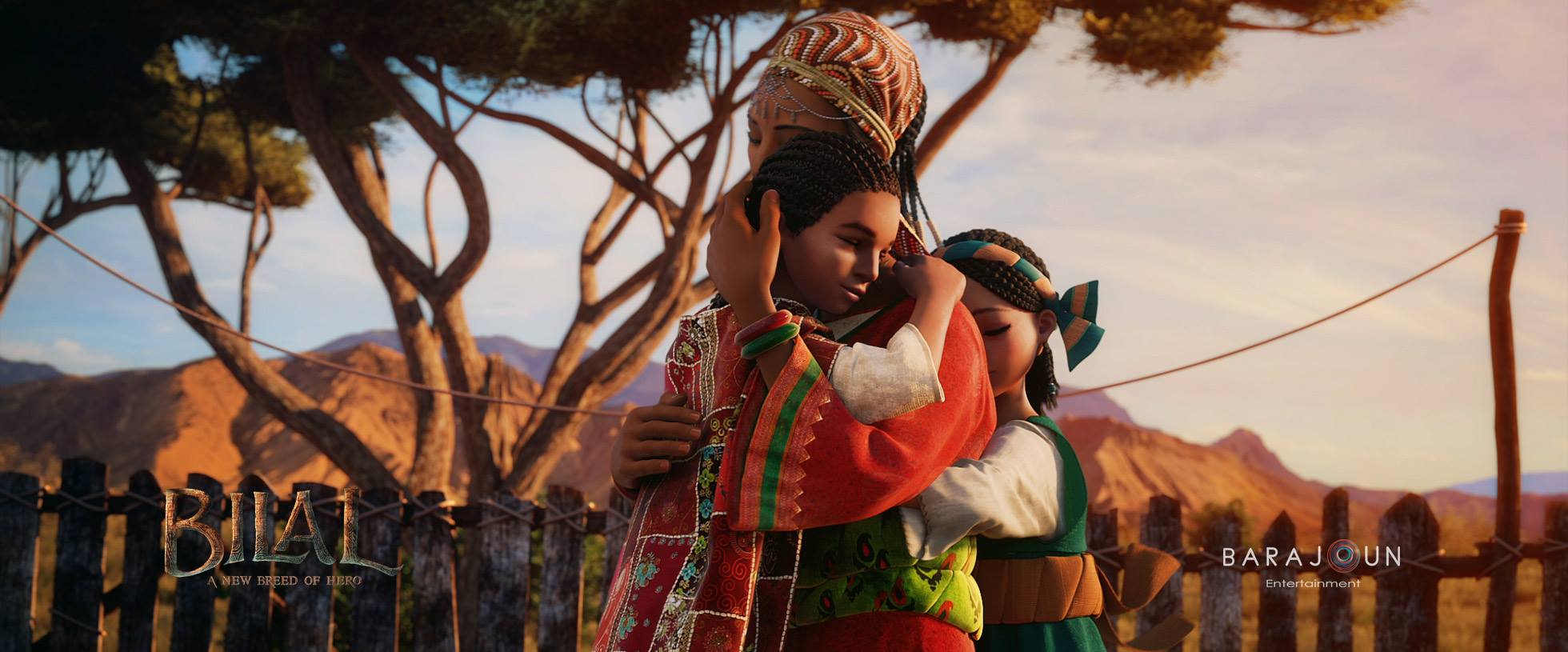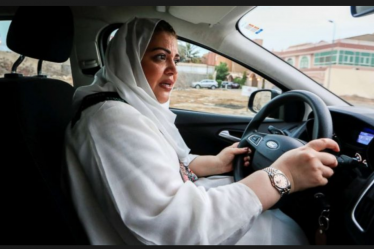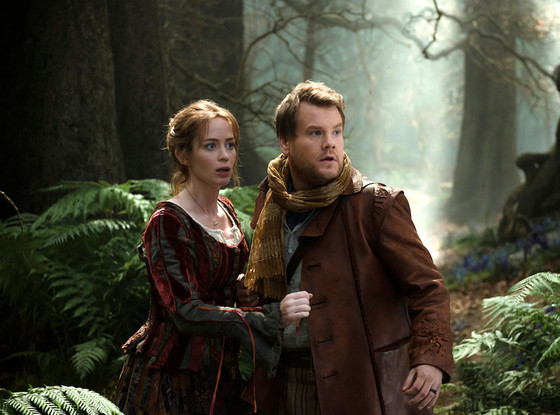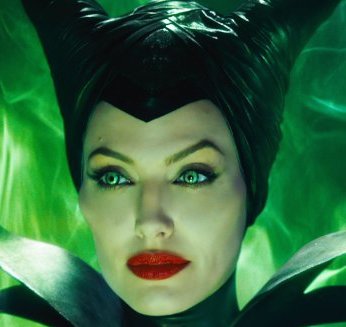

Opening this week in theaters around the US is 3D animated feature Bilal: A New Breed of Hero, which is based on the story of real-life hero Bilal ibn Rabah, a warrior and follower of Mohammed from around 632 AD, in the early days of Islam.
Co-directed by Ayman Jumal and Khurram H. Alavi, it was created through Barajoun Entertainment, a new CGI and animation studio in Dubai that is the first in its region. It premiered at the Dubai International Film Festival and subsequently throughout the Middle East and Northern Africa in 2015 and 2016. Winning awards for being innovative and inspiring, it is the first animated feature created in Dubai and tells a story not widely known or featured on film in the west. In a gutsy move for indie distributor Vertical Entertainment, Bilal is getting a big marketing push in the US and worldwide, though it lost money on its initial release. Time will tell if it will be a hit with Western audiences.
Bilal’s mother is killed in a brutal assault and the young child and his sister are sold into slavery. His years in captivity do little to suppress his desire and dream of being free, and a great warrior, even as he is routinely demeaned and beaten. Teen Bilal encounters the master of merchants, Abu Bakr, whom he impresses with his kindness and passion, and his life changes. After Bilal stands up for himself and his sister, he is punished by being tied under the hot sun and tortured. Abu Bakr pays a fortune to buy Bilal’s freedom, after which he goes on to become a respected man and a great warrior. He is ever driven by what his mother told him. “No one can own your soul”.
Having done research about the real-life hero Bilal, I was surprised at some of the aspects of his life that weren’t covered, like the fact that he was considered the first Muezzin of Islam, the chosen one to call the faithful to prayer. Only once in the film do they show Bilal singing. Perhaps this was because there are differing views on the history of his life and his place in Islamic history. With so many secondary characters that are largely only differentiated by attire, and often not named propelling the action forward, it was already confusing and overlong, so it may also be the filmmakers felt it was not essential to the story. I’d argue it would have added an emotional, passionate component to the movie that might have brought it together better.
The film struggles mightily from a meandering plot, sententious dialogue, and the sort of stilted character animation that recalls the creepy ‘uncanny valley’ seen in The Polar Express. If they want to up their box office numbers, Barajoun Studios is going to have to play with the big boys (Disney et al), and that means giving life to the eyes and believability to the skin and faces of the characters for which we are expected to root and cheer. I’m going to give them a “first time mulligan” though, because I’m all for a wider diversity of subjects and studios being in the mix worldwide, so animation enthusiasts have more to choose from than just Disney and its chief competitors.
As an animated feature, the importance of Bilal: A New Breed of Hero is undeniable, especially as an film young Muslim children, and indeed any world-curious children can enjoy. In it, positive representations of peaceful, peaceful Middle Eastern people of color abound.
If Bilal had been a better film overall, with tighter editing, and a stronger script to represent what is a great historic story, there would be an even better argument for supporting upcoming projects. Barajoun has two films in pre-production. Now that they have their first film released, and they can learn from Bilal’s weaker aspects, we can have high hopes for Lost on Infinity and Mirlo & the Magical Opus, which are their 2018 and 2019 releases.
Still, Bilal tells a story many in the West don’t get to see, or perhaps know nothing about, done through characters of color rarely shown in animation. Huzzah to that! We can certainly use a film that de-programs children in the US who are being taught all Muslims are terrorists, and that Islam teaches violence. We can also certainly celebrate a film in which Muslim children in the West, of which there are many, can see a positive representation of their faith. I know it did my heart good to see a heroic Arabic and Ethiopian man positively portrayed in animation.
Black History Month is underway, which is a time when thoughtful Americans consider our checkered past of slavery and its continued shadow of racism. This film examines what slavery and freedom mean from one historic perspective. It’s nice to see an animated feature showing characters from world history from which all children can learn and be inspired.
3 out of 5 stars



